General situation of Colombian Coffee production in raw bean archives Colombian coffee brands in Colombian coffee producing areas
For professional baristas, please follow the coffee workshop (Wechat official account cafe_style)
General situation of coffee production in Colombia
Colombia has always been a big coffee grower, contributing 10% of global coffee production and is an important producer of commercial Arabica coffee.
The existing coffee growing areas are generally divided into two parts: the northern producing areas, including the ancient MAM areas and the eastern producing areas around the capital Bogota, are still important producing areas for bulk commercial Arabica. The southern producing area is a lineup of popular boutique coffee producing areas composed of Narino, Huila, Cauca and Tolima. (related blog post: Overview of Colombian Coffee)
The history of coffee cultivation in Colombia can be traced back to the Spanish colonial era in the 16th century, and there are many theories about the history of coffee in Colombia:
One: it is said to come from the sea island of the Caribbean and from El Salvador in Central America.
Second: in 1808, a priest introduced coffee beans to Colombia for the first time from the French Antilles via Venezuela. One of them is that Colombia's first coffee seeds were imported from Venezuela through the province of Santander.
Third: the earliest records of coffee cultivation in Colombia appear in the book "The Illustrated Orinoca" written by Jose Gumilla, a Spanish missionary. He describes what he saw when he preached on both sides of the Meta River in 1730, in which he mentioned the local coffee plantation. By 1787, other missionaries had spread coffee to other parts of Colombia.
Colombia, located in the northwest of South America, is a beautiful country with a long history. Indians have lived on this land since ancient times. It was colonized by Spain in 1531 and gained independence in 1819. It was renamed in 1886 to commemorate Columbus, the discoverer of the American continent. Colombia has beautiful mountains and rivers, beautiful scenery, pleasant climate, spring all year round and fresh air. Colombia is rich in products, especially coffee, flowers, gold and emeralds are known as the "four treasures". Today, the country is the second largest coffee producer after Brazil, the world's largest exporter of Arabica coffee beans and the world's largest exporter of washed coffee beans. Colombian coffee is often described as silky and smooth. Of all the coffees, it is the most balanced, soft, smooth and ready to drink, and it has won praise that no other coffee can match: known as "green gold".
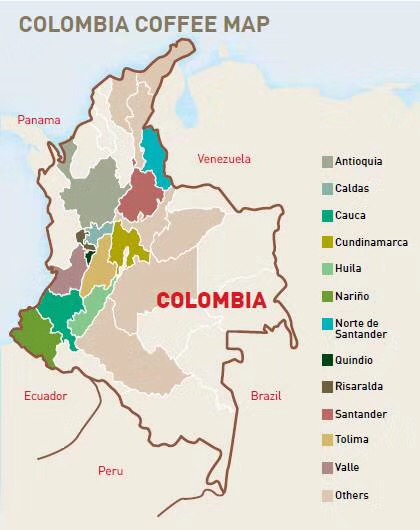
Colombian coffee: distribution of producing areas, harvest season
The reason for the formation of the existing distribution of producing areas, the topographic map of Colombia shows spoilers.
As the picture shows, the majestic Andes entered Colombia from Ecuador from Narino and divided into three remaining veins, collectively known as "Cordilleras", which are called the Occidental Cordillera, the Central Cordillera and the Oriental Cordillera respectively according to their location. Of these, only East Cordillera crosses Colombian territory and continues to extend northward into Venezuela. Two valleys are embraced between the three mountains, each spawning an important river, the Cauca River (see blog: Columbia Coffee region: Cauca) and the Magdalena River (related blog: Columbia Coffee region: Tolima), which extend northward, meet, and eventually flow into the Atlantic Ocean. Among them, the Cauca River became the origin of the name of the province of Cauca (Columbia Coffee region: Cauca), and the Magdalena River is the largest river in Colombia.
The water vapor from the Pacific Ocean goes deep into the land, meets the West Cordella Mountains to form precipitation, continues eastward, meets the Central Cordella Mountains to form precipitation, continues eastward, meets the Eastern Cordella Mountains and merges with warm and humid air from the eastern Amazon. It is home to high-quality coffee on the slopes of the three majestic mountains.
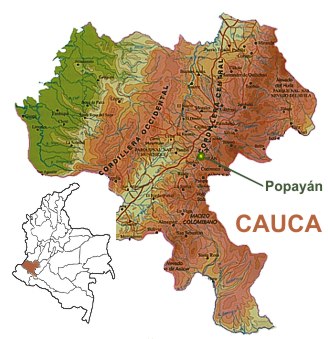
Colombian coffee harvest season
The location near the equator and the high altitude of the mountains have created a variety of microclimates for Colombia and, together with Kenya, have made Colombia a rare coffee-producing country with two harvest seasons a year. In addition to the main harvest season, there is a secondary season called "mecata".
There are significant differences in harvest seasons among Colombian producing areas, with some producing areas having two harvest seasons and others having only one traditional harvest season. In addition, there are differences between the primary and secondary harvest seasons in the producing areas with two harvest seasons, basically, the north and south producing areas are on the contrary. The northern producing areas usually have the main production season from September to December and the secondary season from April to June. In the southern producing areas, the main production season is from April to June, and the secondary season is from September to December.
The harvest time of each producing area is shown in the figure. Colombian coffee: distribution of producing areas, harvest season
Green: a major harvest season, September-December
Orange: two harvest seasons, the main harvest season from September to December and the second harvest season from April to May
Yellow: a major harvest season, from March to June
Purple: two harvest seasons, the main harvest season from March to June, and the second harvest season from October to November
Brown: no obvious harvest season
White: non-producing areas
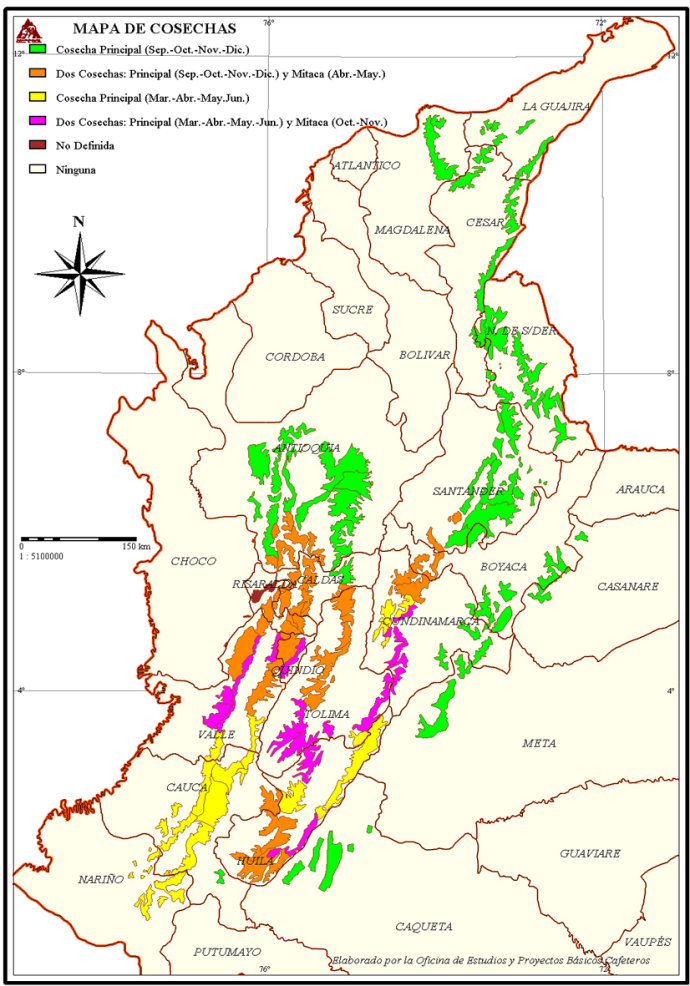
Variety grade
The main varieties of Colombian coffee are Arabica coffee (coffea arabica), that is, small fruit coffee (small grain coffee). Relatively speaking, large fruit coffee (coffea robusta) is mostly grown in Africa of origin, such as the famous Madagascar coffee. There are several varieties of small fruit coffee. Brazilian coffee, which has the largest yield in the world, has larger seeds, stronger adaptability and high fruit yield; by contrast, the mild coffee produced in Colombia is a more high-quality variety, which is related to its special geographical location and climatic environment.
Colombian coffee is divided into more than 200 grades, the regional coffee is very strong. Columbia beans take the SUPERMO as the highest grade, followed by the EXCELSO, but only selected coffee of more than 18 beans (18cm 64 inches in diameter) can be included in the selection. Colombian coffee has a balanced flavor and a smooth taste, just like a gentleman in coffee. It has a wide range of producing areas, but the coffee in the central mountain area is the best and has a thick texture. The most famous producing areas are medellin, armenia and manizales, which are commonly referred to as "mam". Yes, "Na Linglong Coffee" (narino) is delicious and of good quality. It is said that starbucks, which specializes in specialty coffee, has the exclusive right to buy narino supermo coffee beans, which are common in their chain stores.

The Chinese name of Geisha is Rose Xia. Since the pronunciation of Geisha is similar to that of "geisha" in Japanese, and it is also translated into "geisha" in some places, is it because the reverie of national beauty and beauty will add a little bit of romance to the coffee?
Little knowledge of coffee
The average coffee tree blossoms once a year, and it takes nine months from flowering to producing ripe coffee berries that can be picked.
Two major varieties of commercial coffee
(father Xing only buys high-quality Arabica coffee grown at high elevations.)
Note that 100% of Rosa belongs to the Arabica camp.
The wandering History of Geisha
In 1931, it was found in the Ethiopian village of Gesha or Gecha (presumably Geisha grew up in a mountain village with a similar sound) and was sent to the Kenya Coffee Research Institute. It was introduced to Uganda and Tanzania in 1936. Almost all of them were active in the African block before 1936.
In 1953, Costa Rica began to introduce rose summer, but in the more than 20 years since its discovery, not many people have paid much attention to it. In 1963, Rose Summer was officially introduced to Panama.
Panama is a coffee-producing country in Central America. Rosa was first introduced into Panama by a landowner named DonPachi from Costa Rica. Mr. Patch has grown rosy summer coffee on their estate! At this point, you may think that the flavor of king has finally been discovered! however! If the charm of Rose Summer is really so easy to discover, it will not be so fascinating ~ as the lyrics say:
At first, Rosa was unpopular in Panama, with low production, poor flavor and poor economic efficiency, so it was sold by farmers mixed with other coffee beans, some of which simply used Rosa as a windbreak in the coffee garden. Rosa was exiled to the frontier to protect other high-yielding varieties from the wind and rain.
Rose Xia has been unknown in DonPachi Manor. Later, the old man gave Rose Xia to La Esmeralda Manor (the famous Emerald Manor), and Rose Xia finally began today's legendary journey.
Geisha became famous at the Emerald Manor in Panama.
Near the equator, Panama has a tropical climate, and the Emerald Manor is located in Boquete, a volcanic mountain range, while enjoying the micro-climate effects caused by special topography.
The temperature difference between day and night in Jadeite Manor is very large, and the temperature is low in the morning and evening, which can delay the growth cycle of coffee beans, give coffee beans enough time to form their own flavor and density, and have high sweetness.

The owners of Jade Manor in the past dynasties
First generation: Rudolph Peterson (Rudolph A Peterson)
Second generation: price Peterson (Price Peterson)
Son of Rudolph Peterson
The third generation: Daniel and Rachel
Price Peterson's children.
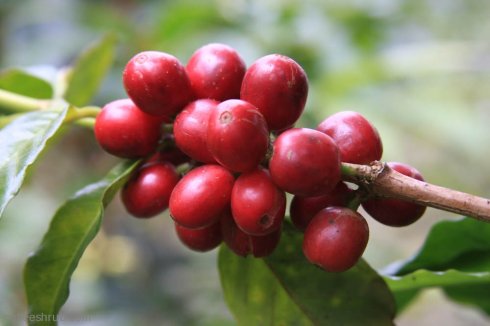
He has won awards in competitions organized by a series of boutique coffee groups:
Award data from the official website of Jadeite Manor
These amazing records that are difficult to surpass stem from the fact that they are in the right place at the right time and in the right place, coupled with the unremitting efforts of family members.
I am not afraid of the difficulties of the expedition.
Back in 2005, shortly after Rose Summer became king, Columbia's LaEsperanza rented a piece of land next to the Emerald Manor in Panama to learn the secret of how the Peterson family grew Rose Summer.
Rigo Vito Ereira Correa, the owner of the Hope Manor, will send the chief botanist of the Hope Manor to Panama to study so that he can deeply understand and master the cultivation techniques of Rosa Rosa and obtain the true scriptures.
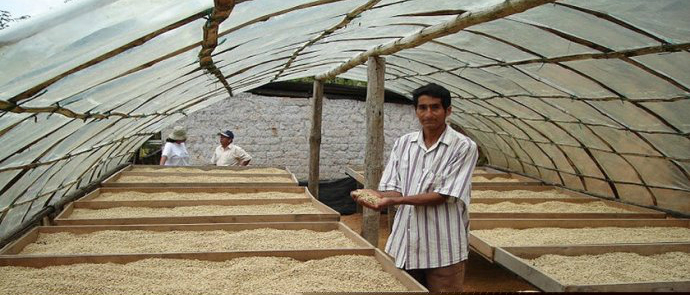
Taobao link: https://item.taobao.com/item.htm?spm=a1z10.1-c.w4004-15673140431.4.4615e646qzcS1a&id=561279038738
Important Notice :
前街咖啡 FrontStreet Coffee has moved to new addredd:
FrontStreet Coffee Address: 315,Donghua East Road,GuangZhou
Tel:020 38364473
- Prev

The Chinese name of Panama Geisha is "Rose Summer". Is it the same coffee as "Geisha"?
For the exchange of professional baristas, please follow the coffee workshop (Wechat official account cafe_style) Colombian coffee production situation Colombia has always been a large coffee grower, once contributed 10% of the total global coffee production, is an important producer of bulk commercial Arabica coffee. The existing coffee growing areas are generally divided.
- Next
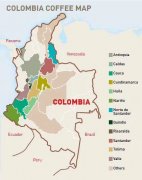
Colombian coffee is black coffee. How does Colombian coffee taste and how to drink it?
For the exchange of professional baristas, please follow the coffee workshop (Wechat official account cafe_style) Colombian coffee production situation Colombia has always been a large coffee grower, once contributed 10% of the total global coffee production, is an important producer of bulk commercial Arabica coffee. The existing coffee growing areas are generally divided into two parts: the northern producing areas, including the ancient MAM region and the capital Bogo.
Related
- Detailed explanation of Jadeite planting Land in Panamanian Jadeite Manor introduction to the grading system of Jadeite competitive bidding, Red bid, Green bid and Rose Summer
- Story of Coffee planting in Brenka region of Costa Rica Stonehenge Manor anaerobic heavy honey treatment of flavor mouth
- What's on the barrel of Blue Mountain Coffee beans?
- Can American coffee also pull flowers? How to use hot American style to pull out a good-looking pattern?
- Can you make a cold extract with coffee beans? What is the right proportion for cold-extracted coffee formula?
- Indonesian PWN Gold Mandrine Coffee Origin Features Flavor How to Chong? Mandolin coffee is American.
- A brief introduction to the flavor characteristics of Brazilian yellow bourbon coffee beans
- What is the effect of different water quality on the flavor of cold-extracted coffee? What kind of water is best for brewing coffee?
- Why do you think of Rose Summer whenever you mention Panamanian coffee?
- Introduction to the characteristics of authentic blue mountain coffee bean producing areas? What is the CIB Coffee Authority in Jamaica?

